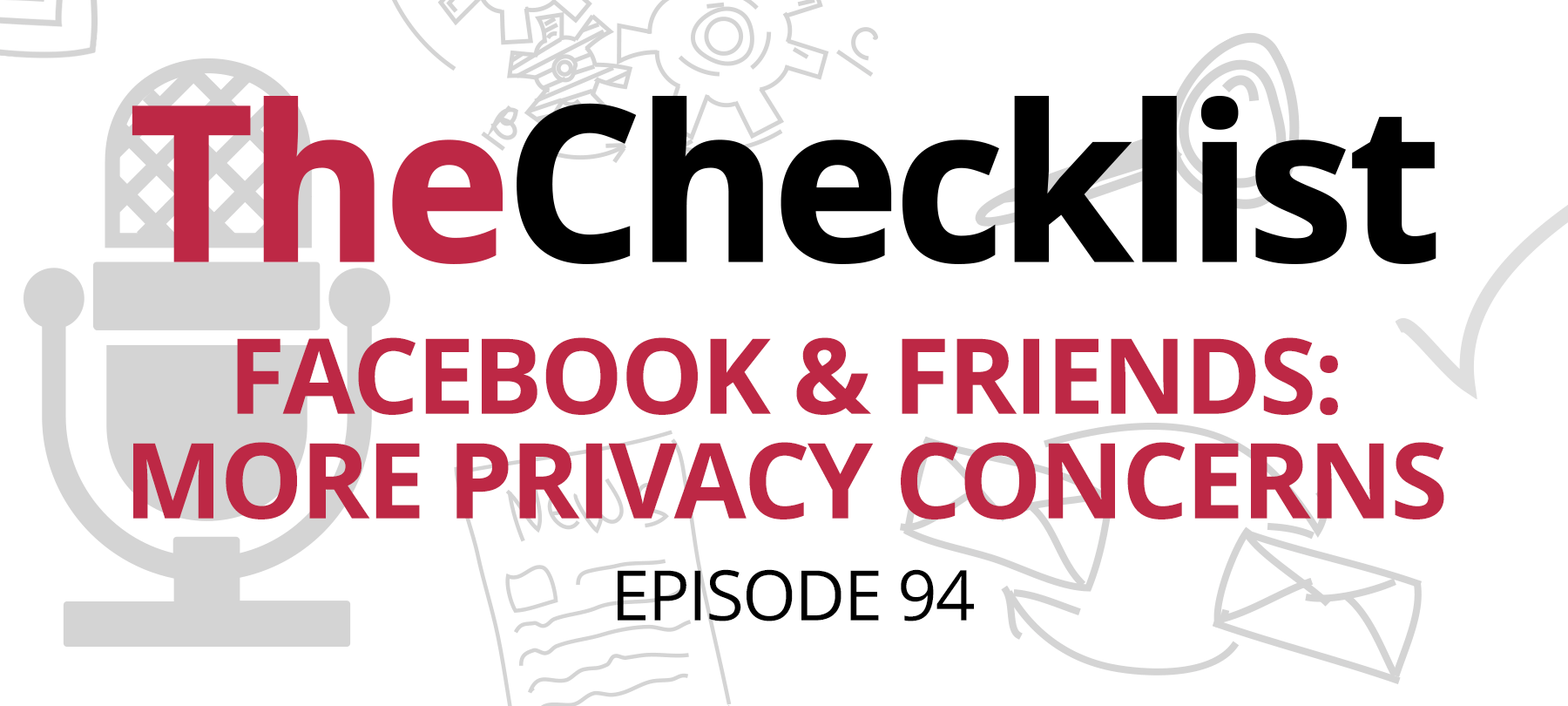How to Protest Safely in the Age of Surveillance: Key Digital Safety Tips Resurface Amid Renewed Concerns
In a climate where digital surveillance is increasingly sophisticated and commonplace, concerns around personal privacy at protests are more relevant than ever. A recent podcast discussion revisited Wired’s timely and newly updated guide, How to Protest Safely in the Age of Surveillance, originally published five years ago, to spotlight practical steps for safeguarding one’s identity and digital footprint during demonstrations.
Your Right to Protest — and Protect Yourself
While the First Amendment guarantees the right to peacefully protest, Wired and digital rights advocates underscore that exercising that right shouldn’t mean sacrificing your privacy. Authorities today have unprecedented access to surveillance tools, including facial recognition, cell-site simulators (like stingrays), and the ability to extract data from phones—potentially exposing not only protestors’ identities but also those of their peers.
Key Surveillance Threats Protesters Should Understand
Wired’s updated guide breaks down two major digital surveillance concerns:
- Direct device access — if your phone is confiscated.
- Digital breadcrumbs — metadata, geolocation signals, and facial recognition from photos, videos, and online activity.
Concrete Safety Measures You Can Take
Here are some of the critical safety tips highlighted:
1. Rethink Bringing Your Phone
- Best practice: Leave your phone at home if you want to remain anonymous.
- If you must bring one:
- Turn it off when not in use to avoid connecting to rogue towers or Wi-Fi.
- Use a Faraday bag to block all wireless signals.
- Consider a burner phone, but avoid giving any identifying info to prepaid carriers.
2. Strengthen Device Security
- Use a strong alphanumeric passcode.
- Disable biometric unlocks like Face ID or Touch ID; it’s legally easier to refuse to give a passcode than to resist biometric unlocking.
3. Use Encrypted Communication
- Signal is the app of choice, offering end-to-end encryption for messages and calls.
4. Cover Your Face
- Facial recognition is now a standard tool for law enforcement.
- Wear masks and sunglasses, or even a full-face mask (like Halloween-style) to help evade identification.
5. Dress to Blend In
- Avoid bright colors, logos, or unique outfits that make you easy to spot.
- Cover tattoos or other identifying features.
6. Be Careful Online
- Don’t post about who you went with or share photos/videos that include other faces—unless given consent.
- Media you upload may contain metadata that reveals your location and time.
Be Safe and Smart
Whether politically active or just showing solidarity, the podcast emphasizes: this isn’t about discouraging protest—it’s about protesting smartly. “We want you to be safe,” the hosts repeat, echoing Wired’s ultimate message: protect yourself and others by staying informed, cautious, and digitally aware.
Crypto Scam Prompts Lawsuit Against Apple: App Store Doesn’t Always Mean Safe
A recent podcast discussion delivered a critical reminder to listeners: just because an app is in the App Store doesn’t mean it’s safe. The segment was prompted by a disturbing report of a woman who lost over $80,000 to a cryptocurrency scam involving an app she downloaded from Apple’s marketplace—a case now the focus of a potential class action lawsuit.
The Illusion of Safety Inside Apple’s Walled Garden
While Apple’s App Store is often viewed as a trusted environment—one that filters out apps that might crash your phone or blatantly break the law—it is not a foolproof system against deception, manipulation, or financial fraud.
The podcast emphasized that Apple’s App Store privacy labels depend on developers self-reporting, and Apple does not proactively verify every claim. Furthermore, Apple doesn’t vet or control the interactions users have within apps, which is where many scams take root.
The Case: $80K Lost to a Crypto Scam App
According to AppleInsider, the plaintiff says she was encouraged to download an app called Swiftcrypt by a group leader in an online stock discussion group. The app—available at the time in Apple’s App Store—was supposedly for cryptocurrency investing. Users were guided to deposit money and witnessed simulated returns… until their accounts were suddenly frozen and funds disappeared in a scam known as “pig butchering.”
Although Swiftcrypt is no longer available on the App Store (and its website is defunct), it was still live on Google Play as of the podcast’s recording. It remains unclear whether the app was fraudulent from the start or a deceptive clone of a legitimate service. Either way, the plaintiff is now suing Apple for hosting the app.
AppleInsider’s Analysis: Where the Responsibility Falls
AppleInsider’s William Gallagher argues that while the loss is tragic, some personal responsibility is unavoidable. He points out that the plaintiff failed to research Swiftcrypt adequately—even a basic Google search at the time reportedly returned warnings that it might be a scam, alongside a single positive review.
Gallagher offered a memorable analogy:
“When you walk into a store, you don’t buy the moldy lettuce, just because it’s in Whole Foods and must be good. You pick and choose what you prefer after you’ve examined the lettuce from what the store has curated for you.”
Lessons to Share With Friends and Family
The podcast hosts urged listeners to share these takeaways widely:
- Don’t take financial advice from online strangers, no matter how polished they sound.
- Don’t invest in obscure or new crypto apps without in-depth research.
- Google the app or opportunity, but realize that even search results (and AI summaries) can be gamed.
- Understand that Apple isn’t liable for what third-party developers do, even within their curated App Store.
The lawsuit alleges that Apple “authorized and maintained malicious applications in its App Store that allowed the theft of personal financial assets,” but critics note that blaming the platform for every scam overlooks user responsibility and due diligence.
Don’t Mistake Curation for Certification
The big headline: “In the App Store” ≠ “Infallible.” It’s curated, not certified. And as the digital marketplace grows more complex—and scammers more sophisticated—users must combine healthy skepticism with informed caution.



